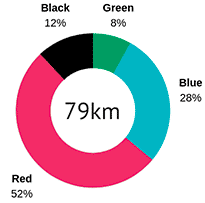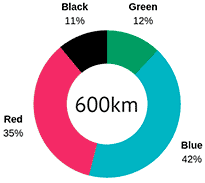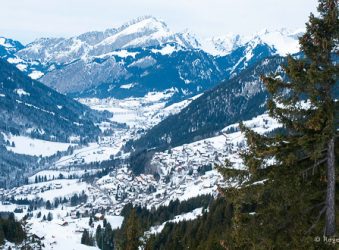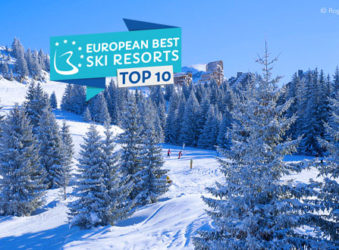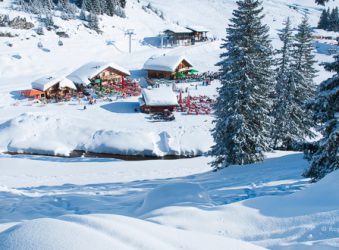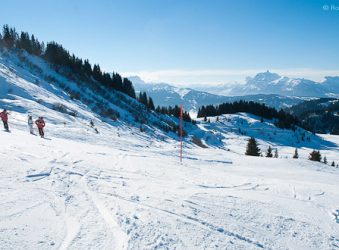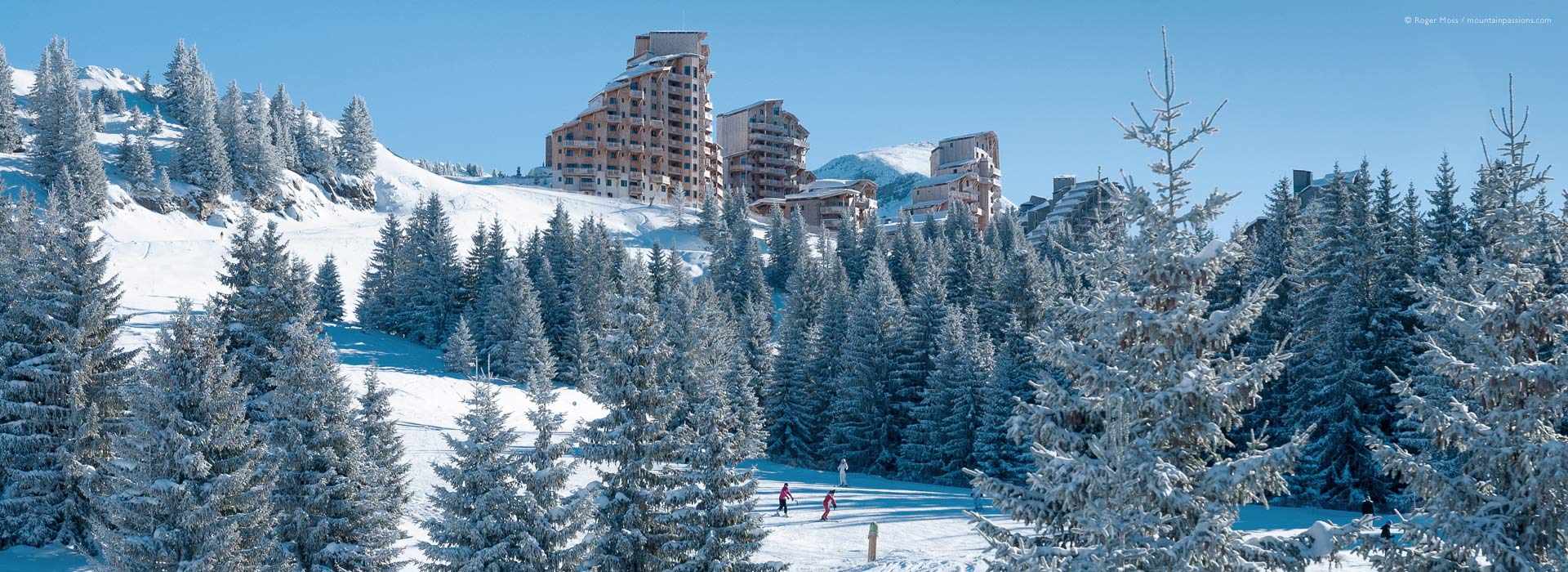
Avoriaz
Les Portes du Soleil, French Alps
Avoriaz 1800 is the highest ski resort in the huge Portes du Soleil ski area and one of the French Alps’ most snow-sure.
Avoriaz is just 45 min from the A40 autoroute exit at Cluses, along with TGV high-speed train services from Paris.
Road transfers from Geneva airport take just 1hr 10 minutes or so.
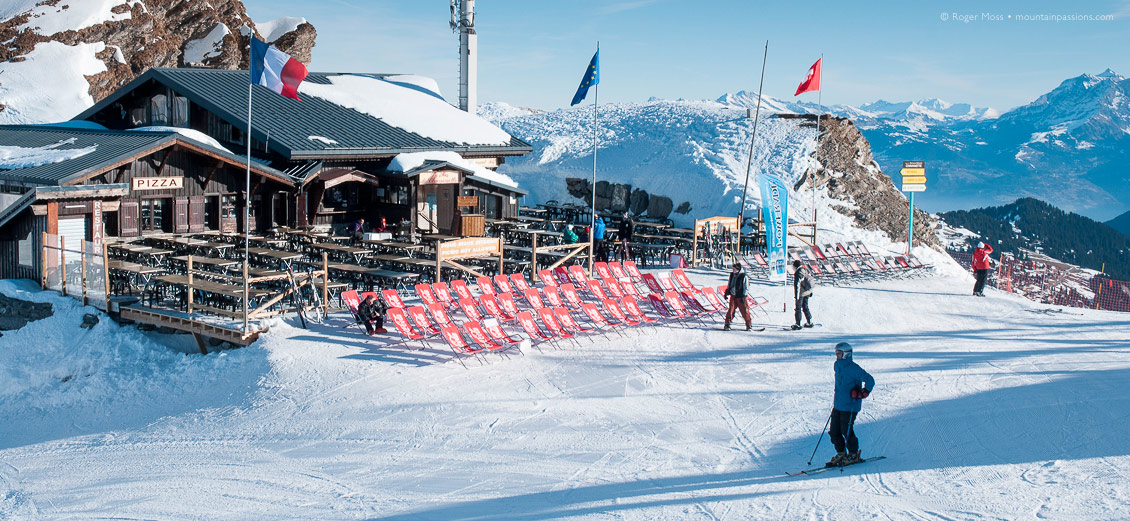
The Ski Area
- Avoriaz is at the heart of the huge Portes du Soleil area.
- Extensive skiing for all levels and in all directions.
- Safe beginners area in the centre of the resort.
Avoriaz 1800 offers varied groomed terrain for all levels locally, or a huge 650 km piste network for those armed with a full Portes du Soleil lift-pass It adds up to a whole lot of quality skiing in some magnificent settings.
Which pass to buy will depend largely on your technical level – novices and early intermediates have enough easily-accessible terrain to be getting on with around and above Avoriaz itself, while just about everyone else is likely to be here for the full Grand Domain experience.
We’d bet that very few skiers will actually do it all in a week. But that’s not the point; as you’ll see straight away from the piste-map, wherever you head it will feel like something of an adventure.
In fact, just a couple of chairlift rides will get you to the Franco-Swiss border (so carry your passport and remember you’ll be leaving the Euro-zone), seamless gateway to linked areas like Champéry, Champoussin, Morgins, Torgon and Val d’Illiez.
That’s in addition to the French ski resorts of Abondance, Châtel, La Chapelle d’Abondance, Les Gets, Montriond, Morzine and St Jean Aulps – most are lift-linked, and for the others there are free shuttle buses.
Resort Information
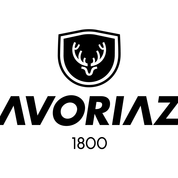

Pistes Total: 120 km 9 Green
24 Blue
28 Red
9 Black
16 Draglifts
18 Chairlifts
2 Gondolas
1 Cable Cars
Pistes Total: 600 km
34 Green
119 Blue
101 Red
32 Black
4 Magic Carpets
102 Draglifts
78 Chairlifts
9 Gondolas
4 Cable Cars
Green Credentials...
- The only entirely vehicle-free resort in Europe.
- Sustainable methods of insulation for buildings earning the resort a Green Key accredition for eco-tourist accommodation.
- Dual energy wood heating system supplying 470 dwellings and the Aquariaz aquatic centre.
- Recycling is encouraged throughout the resort with waste sorting bins everywhere - incluidng the pistes.
- Eco-snowpark called the STASH made with fallen trees in an area of reforestation.
- Modren snow-cannons using 3 times less energy are used sparingly at this altitude.
- Piste groomers are equipped with the Snowsat system which saves time and fuel.
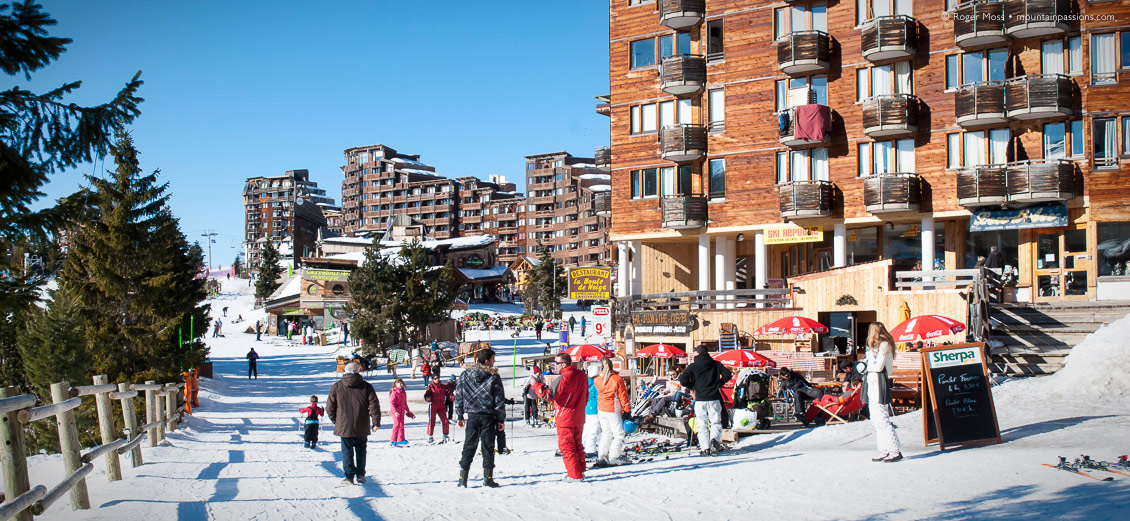
The Ski Village
- Original, distinctive architecture worth getting to know.
- Traffic-free and with ski-in, ski-out convenience.
A first encounter with the trademark high-rise style of Avoriaz 1800 can feel rather like Blade Runner-comes-to-the-mountains, but once you know the remarkable history of this place (and precisely why the startling architecture looks the way it does) chances are you’ll warm to it. Or not.
There’s no denying that the traffic-free concept works very well, making it all ski-in/ski-out – or that everything you need, from the gentlest of ski-school areas to a wide range of shops, bars and restaurants, is close at hand.
Tucked away beyond the central ski-school area, though, you’ll discover another side to Avoriaz. The Dromonts area has a calmer, less in-the-thick-of-it atmosphere and not surprisingly some of the most desirable addresses, including the illustrious Hôtel des Dromonts, which is high on style, both inside and out (and which remains, surprisingly, the only hotel in Avoriaz).
Staying There
See Practical Information below for accommodation suggestions.
Advertisement
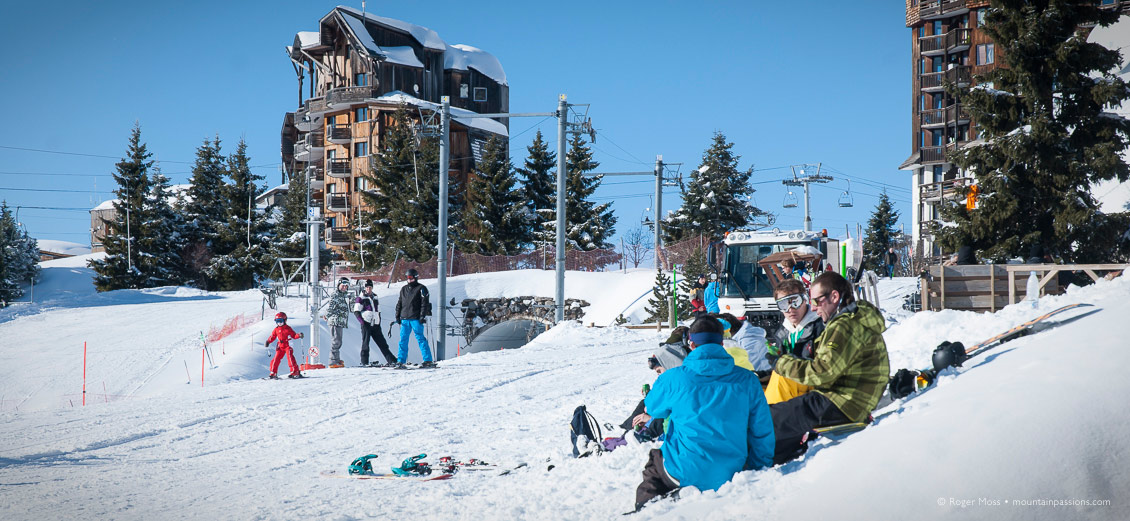
Why go skiing in Morzine-Avoriaz ?
Avoriaz 1800’s primary appeal is undoubtedly (but by no means exclusively) to families and younger skiers, to whom it has always been just about ideally suited. It was designed from the outset with youthful skiers in mind, in fact.
That said, there are some long, quite demanding black runs here too. It’s also an obvious choice for anyone looking for a snow-sure base from which to explore the vastness of the Portes du Soleil ski area.
It probably won’t suit traditionalists (who have plenty of choice in nearby alternatives like Les Gets and Châtel) but the wealth of apartment accommodation, bars and entertainment, combined with as much ski terrain as you can handle, offers a solid-value package for keen skiers and snowboarders.
Skiing There
Snowboarding
Beginners to advanced level with competition level Super-pipe.5 Snowparks
1 Snowboarder Cross
1 Half-Pipe
Cross-Country Skiing
Circuits ranging from forest to plateau with extensive views. Avoriaz boasts two tracks devoted entirely to cross-country skiing. From Place Jean Vuarnet or the bottom station of the Prodains Express cable car, they'll take you up to the legendary Arare ridge.38km Cross-Country and Nordic Ski Trails
Handiski...
- ESF Avoriaz offer lessons, price includes suitable equipment.
- Recently built l'Amara luxury apartments have pre-bookable underground parking with access to apartments.
- Ski-in ski-out resort.
- Complete list of accessible lifts throughout the Portes du Soleil.
 Yes please...
Yes please...
- High-altitude cross-border skiing in les Portes du Soleil.
- Lots of varied skiing, efficient lift system with hands-free lift passes.
- Car-free, ski-in/ski-out village with new aqua leisure centre in the heart of the resort.
- Short transfers from high-speed rail links and Geneva airport.
- Lively après-ski and youthful, upbeat vibe.
 Yes but...
Yes but...
- Elsewhere in the Portes du Soleil things are less snow-sure.
- The high-rise architectural style won’t suit everyone.
- Return runs can become congested.
- Car-parking charges can be significant.
 Our Tips
Our Tips
- Consider carefully your priorities for accommodation - particularly if you prefer calmer locations.
- Download the free Portes du Soleil mobile phone app - available for iOS or Android.
Practical Information
Travel Tip!
 When we visited Avoriaz, we stayed in La Falaise district and particularly liked being high up in the village, enjoying magnificent views from our balcony. There's a small supermarket and a bakers plus a handful of restaurants close by, but most of the bars and restaurants (plus a larger supermarket) are in the main village a few minutes’ walk away. It's great being able to ski from the door, and if you plan it well you can ski back too, at the end of the day.
When we visited Avoriaz, we stayed in La Falaise district and particularly liked being high up in the village, enjoying magnificent views from our balcony. There's a small supermarket and a bakers plus a handful of restaurants close by, but most of the bars and restaurants (plus a larger supermarket) are in the main village a few minutes’ walk away. It's great being able to ski from the door, and if you plan it well you can ski back too, at the end of the day.
Our Tip: Unless you are staying in a residence with its own parking*, keep your luggage to a minimum, or at least ensure everything is in a suitcase or bag.
The village is completely car-free so all the accommodation is virtually ski-in ski-out. This also means that you have to unload your luggage, transport it to your apartment then remove your car to a car park. Underground parking (you can pre-book your place on http://avoriazparkings.com) and the closest outdoor parking is payable. Free outdoor parking is available further from the village. Sledges are provided to transport baggage to your apartment - a 1€ coin is needed.
l’Amara
The beautiful L’Amara Spa is one of the largest in the Northern Alps of France. The spa can be accessed directly from each residence via covered walkways and boasts a huge heated swimming pool, sensory pool, steam room, saunas, Jacuzzis, fitness area, crêche and a luxurious treatment centre offering various massages, wraps and beauty treatments.
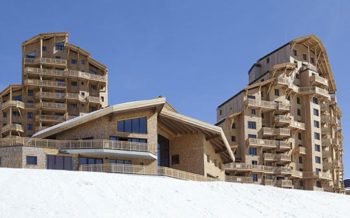
All the spacious self-catering ski apartments at L’Amara have South/South-West facing stepped balconies with large windows, looking out over Avoriaz and the Morzine Valley. The fittings and furnishings have been specially designed, with a luxury decor throughout.
Enquiries and bookings:
Ski Collection
0844 576 0175 (UK)
or +44 (0)2392 890 960
reservations@skicollection.co.uk
